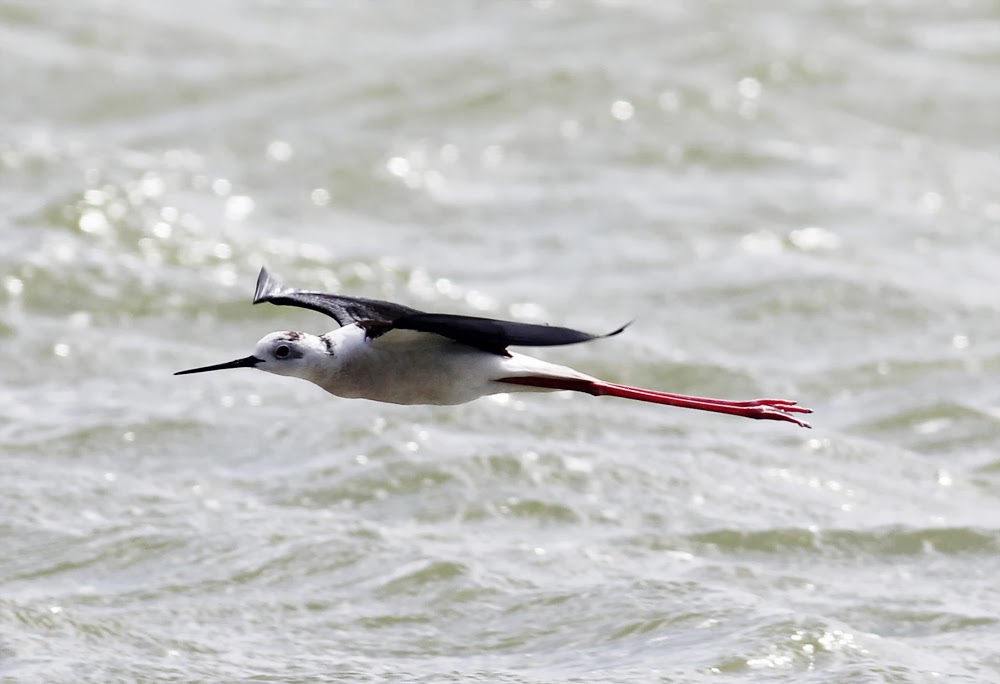A week after getting back from holiday I finally plucked up the courage to go birding for an hour or two and it was to the “old faithful” Conder Green and Glasson that I headed. After almost 30 years or so of visits I’m sure if I still had my old Mark 1 Escort Estate of all those years gone by it would pretty much find its own way there.
The wind hasn’t let up much, making it difficult to count the waders and wildfowl but a little perseverance gave 190+ Teal, 35 Wigeon, 5 Goldeneye, 2 Little Grebe, 4 Lapwing, 6 Oystercatcher, 10 Redshank, 2 Curlew, 1 Little Egret and 1 Spotted Redshank. So nothing much changed in my 3 week absence, numbers and species much the same as winter birds linger on.
The car park and railway path indicated that a few birds thought spring to be in the air, even though my hat, gloves and scarf said otherwise. In song were 2 Dunnock, 3 Great Tit and a couple of Linnets, although the male singers were amongst a flock of 18/20 in the tallest trees. A couple of Blackbirds here and also 6/8 Chaffinch but neither of those species in song, plus a croaking Raven overhead.
I spent some time at Glasson watching the 12 Goldeneyes, the majority of them males which broke off their feeding spells to display to the few females on offer. The water was a bit choppy for pictures but I managed a couple in between the birds heading for the centre of the basin if any passer by showed even the least sign of walking the path.
Goldeneye
Goldeneye
Goldeneye
There was a single Great Crested Grebe back on the water, the bird sticking to the far reeds where the present water level can surely rise no more and leave ample nesting choices. The picture was taken here last summer on a much sunnier and calmer day.
Great Crested Grebe
Also here, 35+ Tufted Duck 3 Cormorants and 1 Grey Heron.
Cormorant
During my absence fun was had with a Glossy Ibis that turned up in a field at Thurnham Hall, so on the off chance I drove up the familiar road and parked at the church.
It’s many years since my ringing birds at Thurnham where Marsh Tits, Garden Warblers, Spotted Flycatchers, Blackcaps and Nuthatches regularly turned up in the nets and where the fabled Lesser Spotted Woodpecker put in a final appearance before going locally extinct. There were no digital cameras then.
Lesser-spotted Woodpecker
No Marsh Tits or lesser spots today, just Great Spotted Woodpecker, Mistle Thrush, 2 Treecreeper, 15 Fieldfare, 1 Redwing, 2 Nuthatch and Coal Tits, lots of them.
I didn’t see the Glossy Ibis but I sure found a good few memories. More news and maybe memories from Another Bird Blog soon.































































.jpg)












